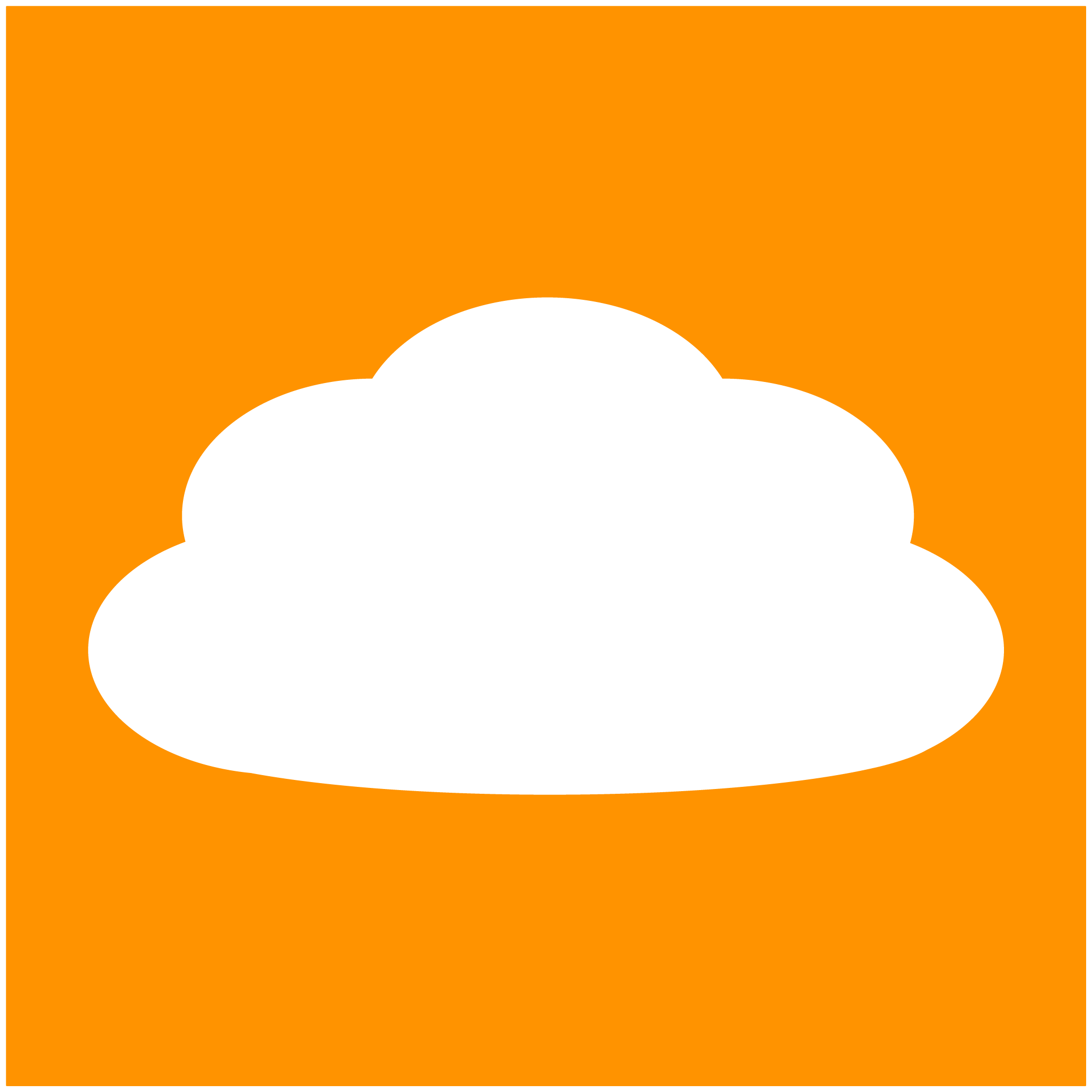See Clearly Through the
Fog of Complexity
Personal InfoCloud is a blog that covers a broad range of topics across product development, systems design, transformation, innovation, and Thomas’ Complexity Lenses (previously Social Lenses).
The focus is to help understand the intersections between people and the digital worlds we interact in for personal and work life.

